Global high-mix volume high-speed PCBA manufacturer
9:00 -18:00, Mon. - Fri. (GMT+8)
9:00 -12:00, Sat. (GMT+8)
(Except Chinese public holidays)
Global high-mix volume high-speed PCBA manufacturer
9:00 -18:00, Mon. - Fri. (GMT+8)
9:00 -12:00, Sat. (GMT+8)
(Except Chinese public holidays)
HomePage > Blog > Knowledge Base > Printed Circuit Boards Assembly (PCBA) Process
PCBA is often looked at as a simple and easy process. With today's technology, we can submit an online quotation and receive a finished project within a few weeks. A few years back, it sounded like a miracle.
The reality is a little different. The PCBA process is complex and full of challenges. Sometimes those challenges aren't available to the naked untrained eye. This article will walk through the printed circuit board assembly (PCBA) process. They are setting up a quotation from the PCB design and producing a sample up to mass production.
The steps in this article are relevant to most PCB assembly manufacturers. Thus, if applied correctly, it can save a lot of trouble and time for most PCBA manufacturers and factory-related orders.
By understanding the complex PCBA fabrication process, we hope to grant our readers the ability to make better decisions. Such decisions will help with fabrication and setting your next printed circuit board PCBA orders.
Every PCB assembly production starts with an excellent PCB design. The PCB assembly manufacturer assumes the client has prepared the necessary files. for the PCBA manufacturing process, those files usually include:
It's essential to ensure clarity of information. As the PCBA manufacturer walks through the files, they might encounter issues or misunderstandings that they will need clarification on. A transparent BOM file helps the PCBA manufacturer understand the PCB assembly process requirements. Many PCBA facilities recommend generating the BOM file manually instead of using automated CAD software to ensure better clarity and integrity of the data and used components.
Once the PCBA files are uploaded successfully to the online quotation platform, an estimated price offer is sent to the client for confirmation. Some PCBA manufacturers require to submit an email and attach the fabrication files. Such a process, however, is very inefficient.
A convenient way is the ability to set an online quotation, such as the one offered on the PCBasic.com website. The client can receive an instant evaluated quote by uploading the files and the PCBA fabrication details. The quotation will include the expected price per the requested quantity for ordered PCBA production.
Another important feature of getting an online PCBA quotation is tracking the order progress in real-time. This is especially useful when the manufacturing and fabrication process starts. The client can view in real-time what's going on with the PCB assembly production. The real-time data often includes where the display stands and the production schedule.
Having an online quotation will eliminate the need for multiple emails and phone call transitions if any issues arise. Notes and clarifications can be set in the PCBA online quotation platform directly.
An online quotation is almost an instant process. Once confirmed, the client is redirected to pay the fee, and the production is ready to begin.
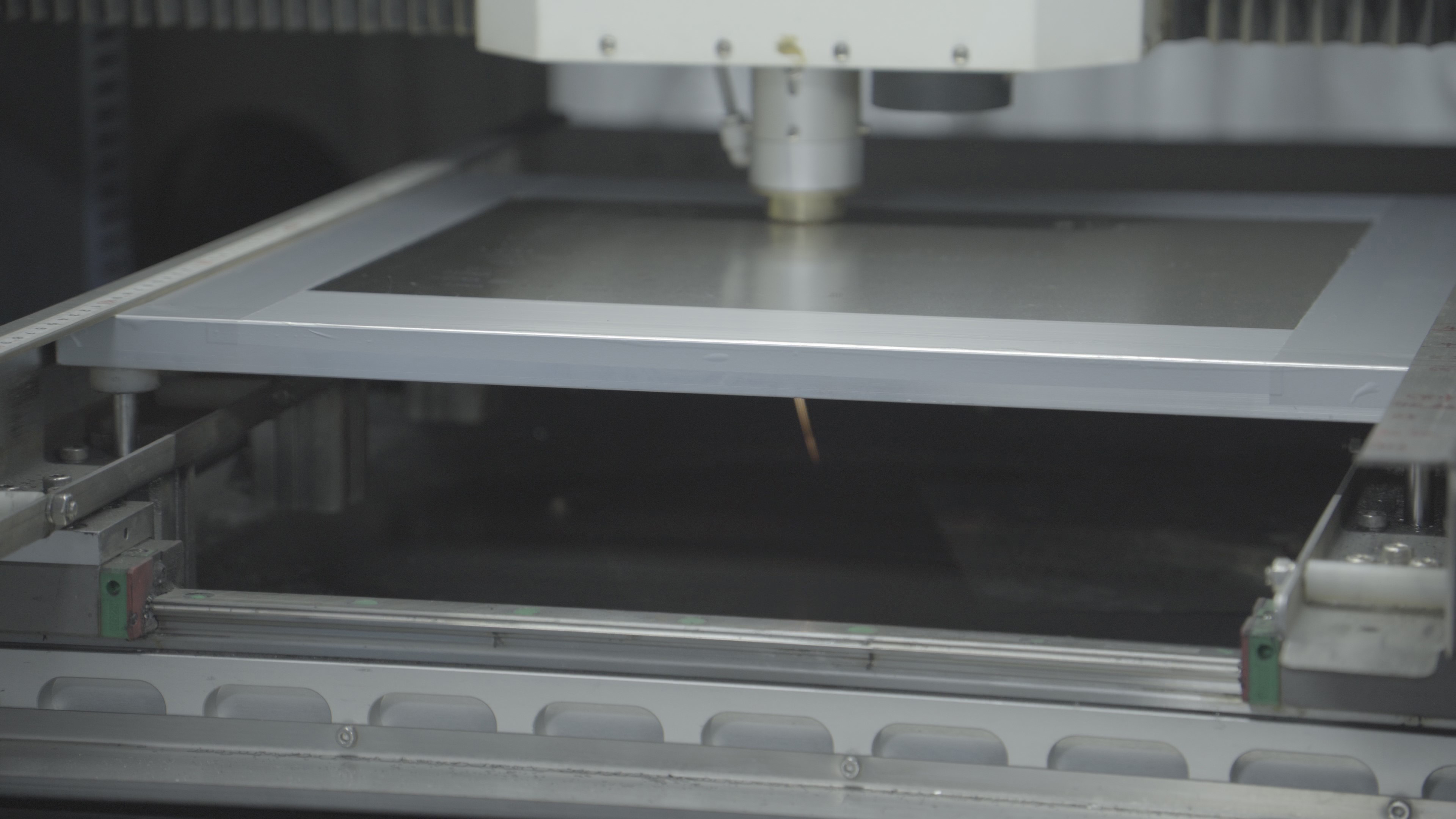
A printed circuit board (PCB) is the first part of the PCBA production process. The cooper board considered the “blood-and-bones” of the assembled printed circuit board. Once the board is successfully assembled, a finished product will go through QA testing and finally be delivered to the clients’ destination. PCB and PCBA are very different and require different fabrication factories and facilities.
Following up on the process and ensuring it is well made and ready for the assembly stage. Most PCB assembly manufacturers will offer a “one-stop solution”. By working with trusted PCB manufacturers, PCBA facilities can produce and ensure the PCB board integrity.
During the PCB production, it's important to note any special requirements such as board thickness, holes, and special modifications. Once the printed circuit board is finished, if a mistake is made on the client-side, it will require a re-fabrication of the board. However, compensation or replacement will be offered if the error is due to the PCB manufacturer's fault, such as production or delivery incidents.
PCB comes in all shapes and colors and sometimes not. All the options are available through the printed circuit board assembly manufacturer. However, the PCBA manufacturer will often recommend a facility that can produce according to clients' demands.
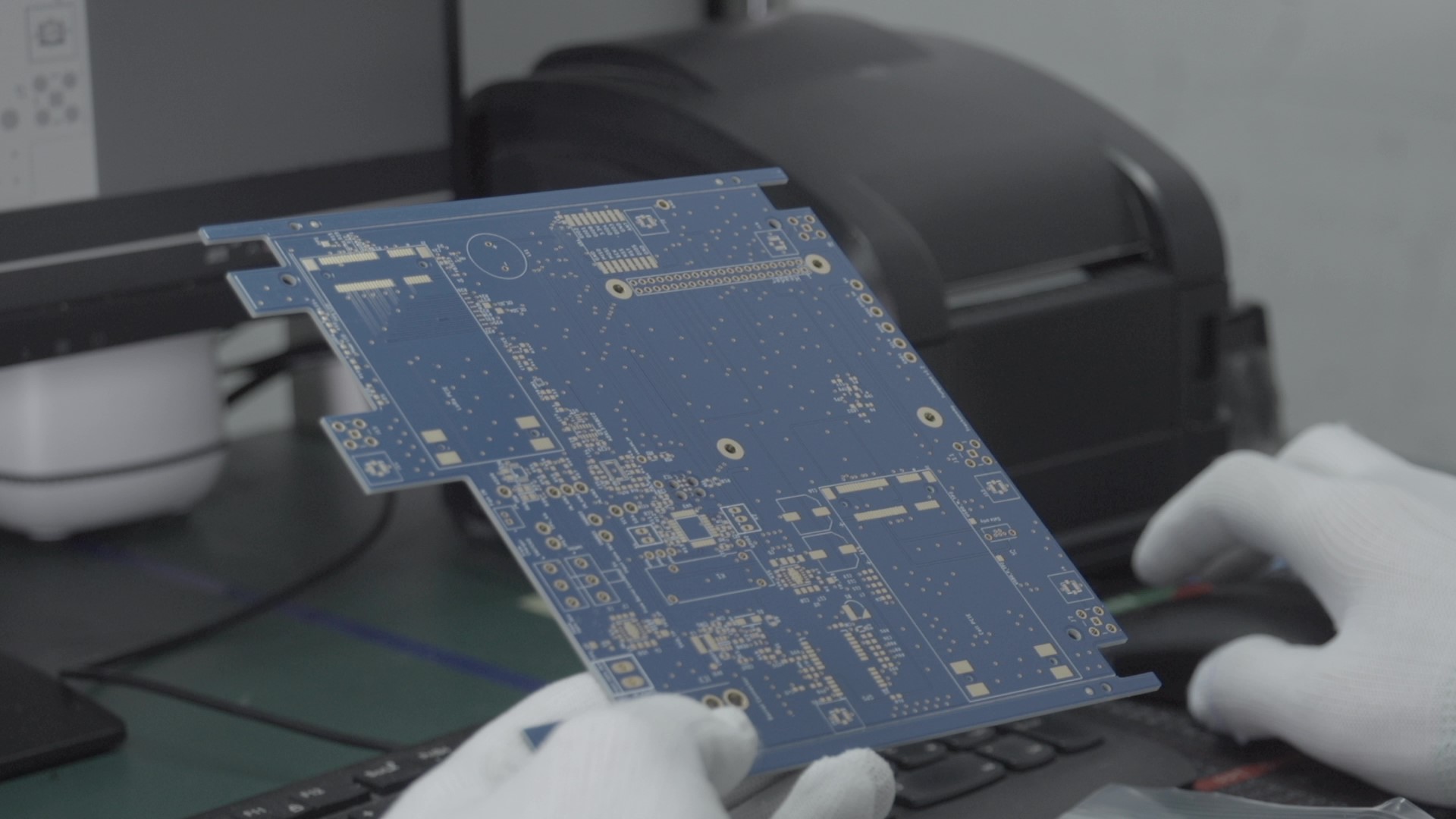
Order prepared, and the printed circuit board was successfully produced. At this stage, the PCBA manufacturer orders all the necessary components to be assembled.
In recent years there has been a big issue with the supply chain, forcing companies to change and modify existing designs to maintain low production costs.
The printed circuit board assembly manufacturer can offer alternative details if a component runs out of stock. Those alternative components will often work the same way but are either cheaper or currently available for purchase and use.
Another significant issue is components forgery and counterfeit components. PCBasic, for instance, works with trusted and accredited components manufacturers and distributors worldwide. Doing so, ensures all the components are genuine and original according to the highest standards.
Counterfeit components are sometimes challenging to detect but can cause many issues during the fabrication process and shorten the product lifespan.
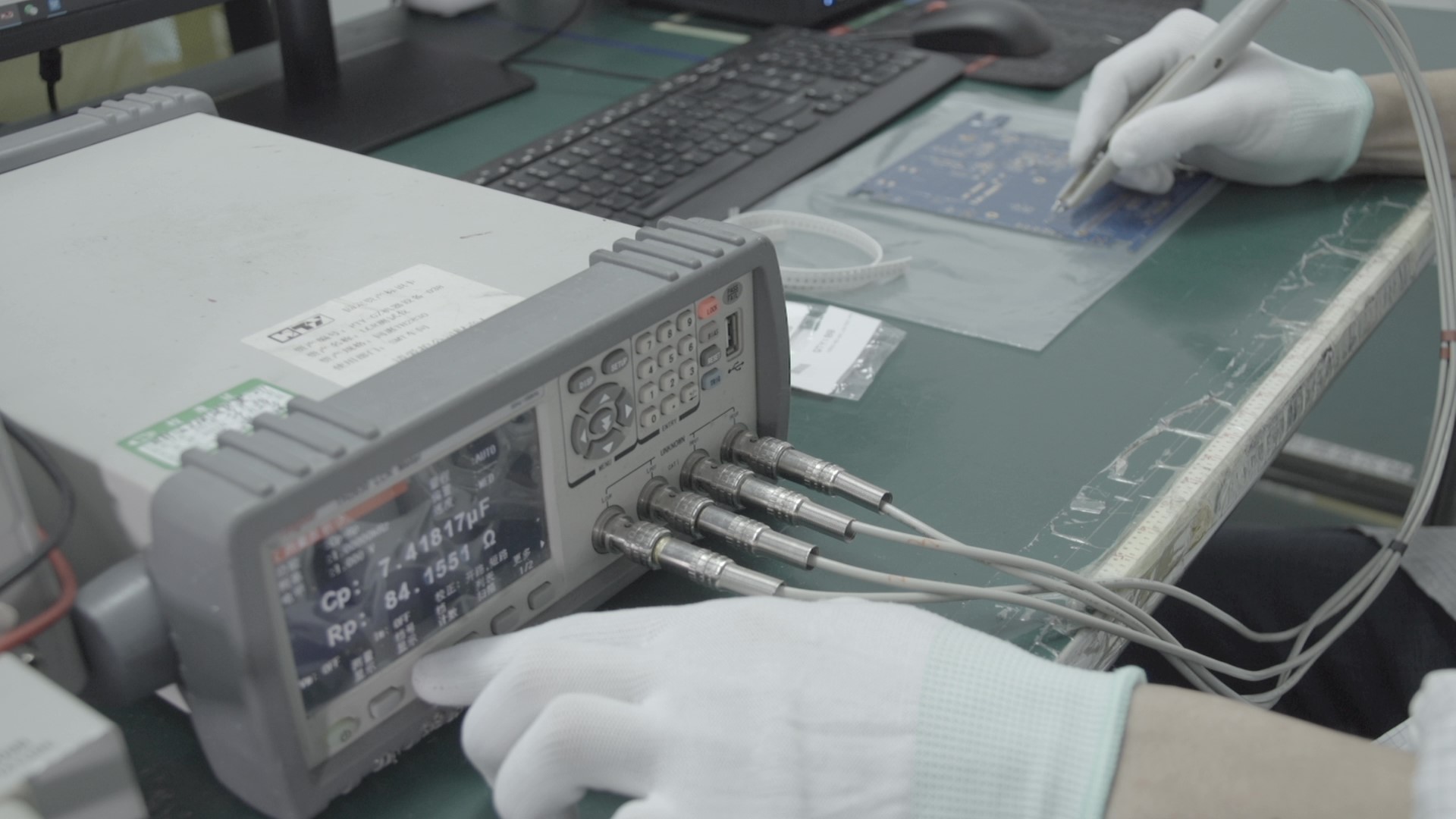
Once the materials and the PCB are produced and arrived at the PCBA facility, it's time to do some testing.
The PCBA manufacturer will ensure the components are genuine by running automated and manual inspections by experienced and trained employees whose years of experience taught them how to recognize fake and real.
If the PCB design involves complex components such as integrated circuits, the PCBA manufacturers will inspect them using a microscope. Integrated circuits are crucial in every format and should be tested with the highest care and consideration.
The PCB board will be physically and visually inspected in order to ensure no scratches or bends happen during the transportation. Such issues could be costly if not detected before the PCB assembly process.
PCBA often involves two types of components: DIP and SMT. The two types differentiate a lot and require different machinery and expertise. Although the two processes are quite different, the designer often chooses to combine both SMD and DIP or one of them in a single PCB design.
SMT assembly is often an automated process where a pick-and-place machine will take components out of the roll and assembly them automatically through the printed circuit board. However, a skilled engineer will do the process manually if the production batch is small.
SMT (surface mount technology) consists of using SMD (surface mount devices) components mounted on the PCB board's surface. This is the most popular PCB assembly process and the most efficient one. As the process usually doesn't require human intervention during mass production, it leaves little space for mistakes and failures.
During the PCB design process, the PCBA manufacturer will recommend using SMD components where possible. Using SMD components will reduce labor costs and time during the printed circuit board assembly production process.
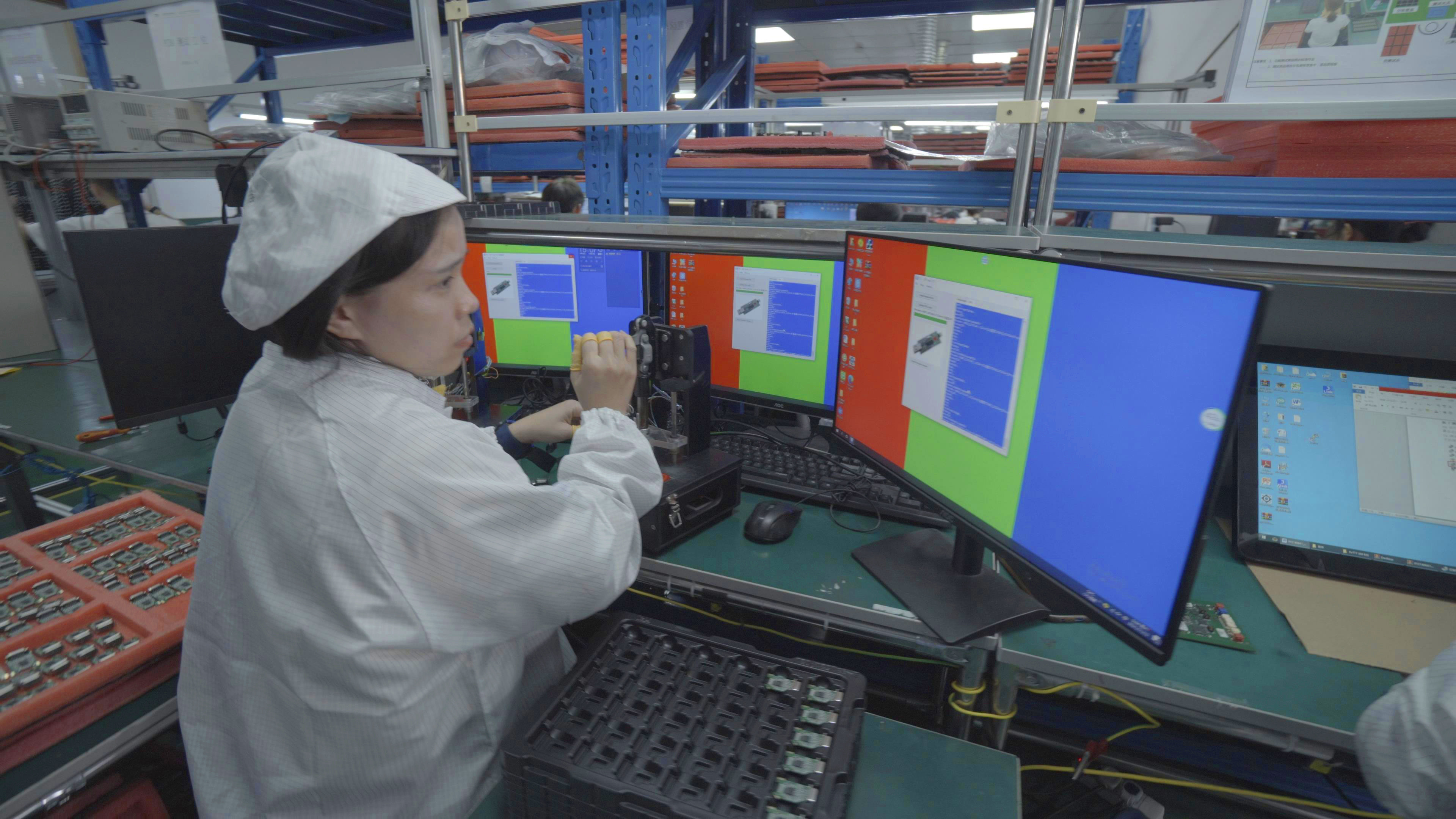
DIP (dual in-line package), often called a through-hole assembly, is the other technique for PCB assembly production. This technique involves suitable components for factory “pick-and-place” machines. As a result, it will require a more manual approach.
Similar to the SMT manufacturing process, those components will need to be manually placed and soldered by skilled engineers during the sample production.
During the mass production stage, a “wave-soldering” machine is used to solder the components in place. The components, however, require a manual placement on the bare PCB board resulting in more labor and manual work.
Some components don't exist in the SMD package, so DIP components are necessary.
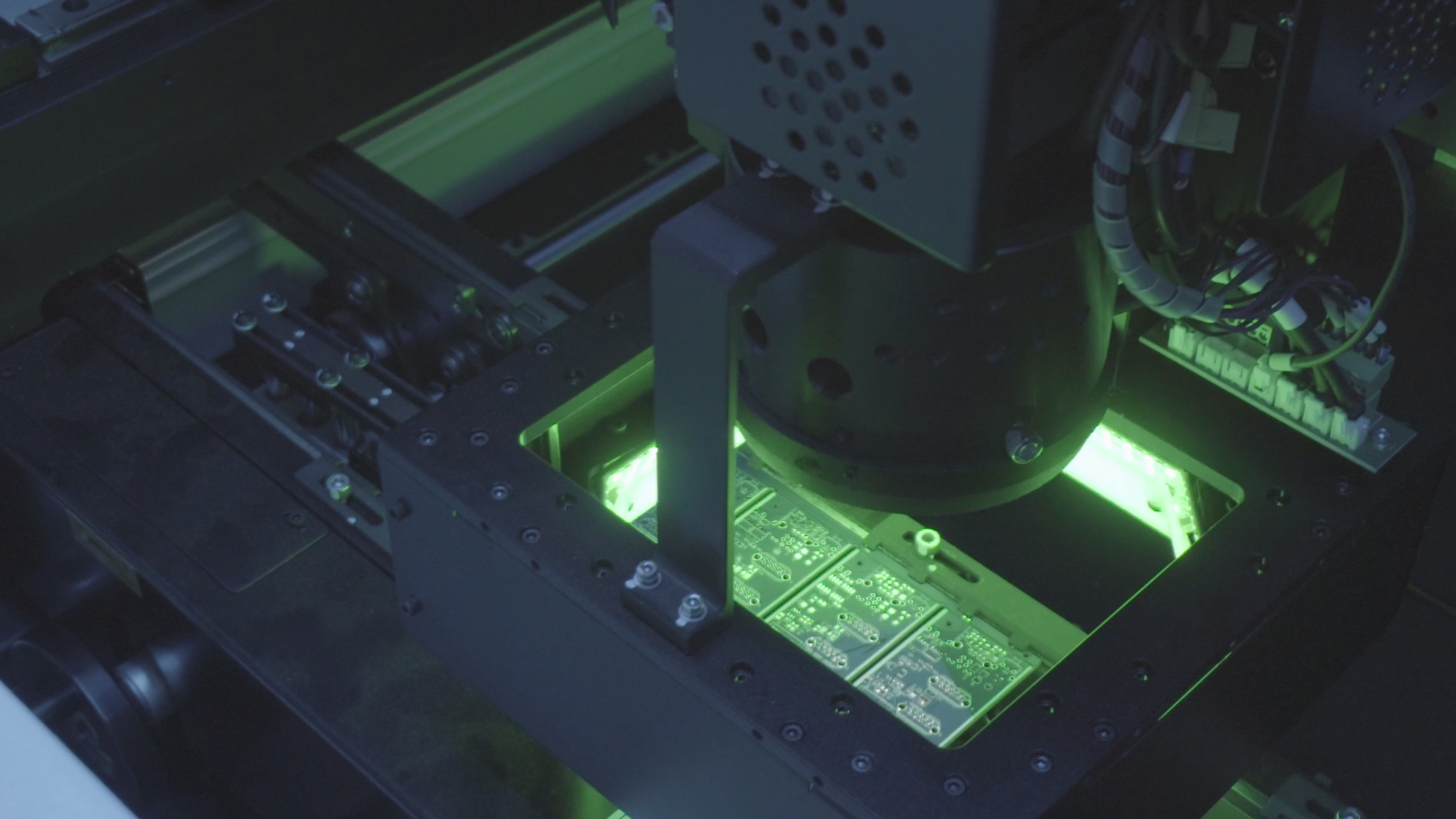
A sample differentiates from mass production by any means. In sample production, components' pre-purchase quantity is minimal. The components arrive in a sample bag, not an attachable SMT machine roll. For that reason, most of the work is done by hand during the sample production, and the cost is usually higher than the given mass production quotation. Some PCBA fabrication facilities offer discounted prices if the client ensures payment for upcoming mass production orders.
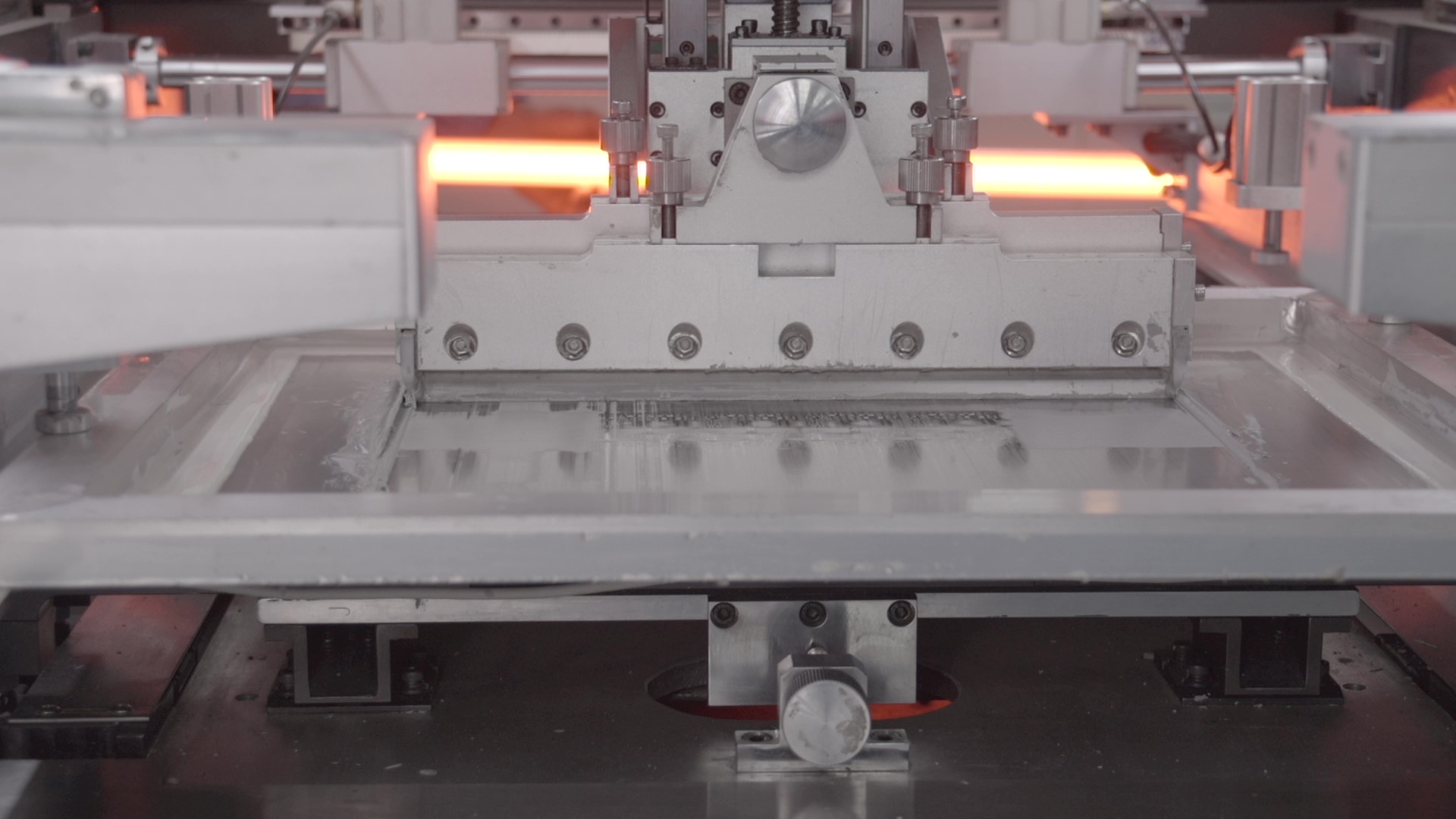
During the mass production process, many tasks are semi or fully automated by advanced pick-and-place machines and solder oven machinery. This reduces a lot of labor work from the PCB assembly facility, saving both cost and time.
Although the assembly line requires initial configuration and setup according to the PCB project, this process is a one-time thing. Once the initial production setup is complete, hundreds of thousands of PCB assembled boards are produced in just a few hours.
The mass production price often ends up surprisingly at a lower cost than the sample production. This is due to savings in men’s labor and manual tasks through automation and advanced machinery.
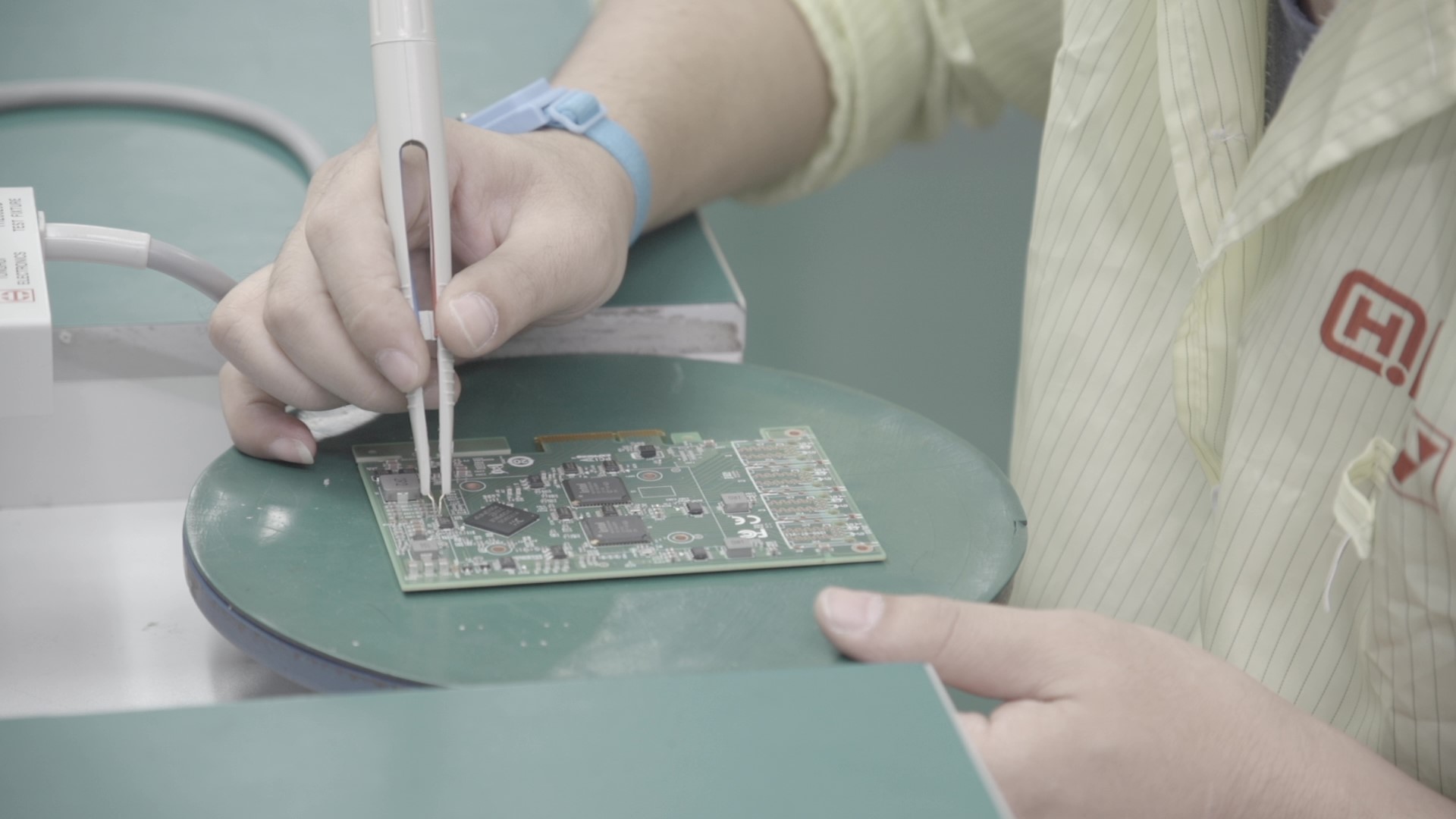
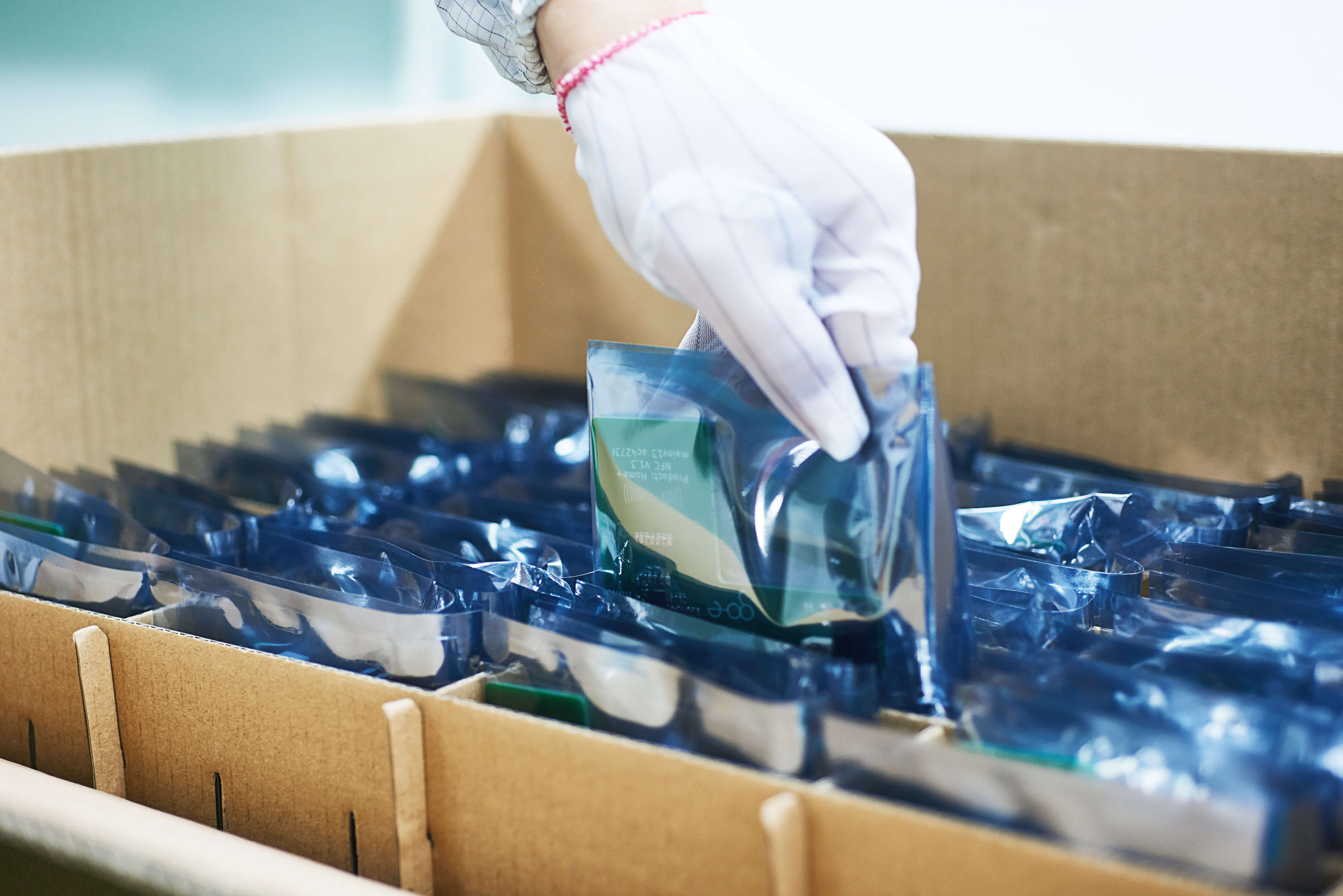
Finally, once all the board production is accomplished, qualified QA testers will run some tests both visually and using advanced machinery. PCBasic, for instance, patented one of those testing machines that enables fabrication facilities to know if assembled components don’t match customers’ provided BOM files.
This shows that PCBasic not only uses advanced machinery but also invents its own to ensure the highest quality for its customers.
Once the QA tests passed successfully, The PCBA process reached the final destination, and the final assembled products were ready for shipping to happy customers.

Assembly Enquiry
Instant Quote
Phone contact

+86-755-27218592
In addition, we've prepared a Help Center. We recommend checking it before reaching out, as your question and its answer may already be clearly explained there.
Wechat Support

In addition, we've prepared a Help Center. We recommend checking it before reaching out, as your question and its answer may already be clearly explained there.
WhatsApp Support

In addition, we've prepared a Help Center. We recommend checking it before reaching out, as your question and its answer may already be clearly explained there.
